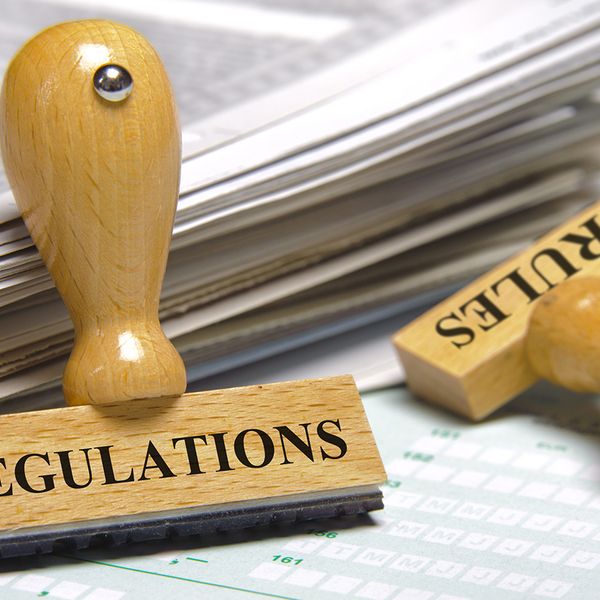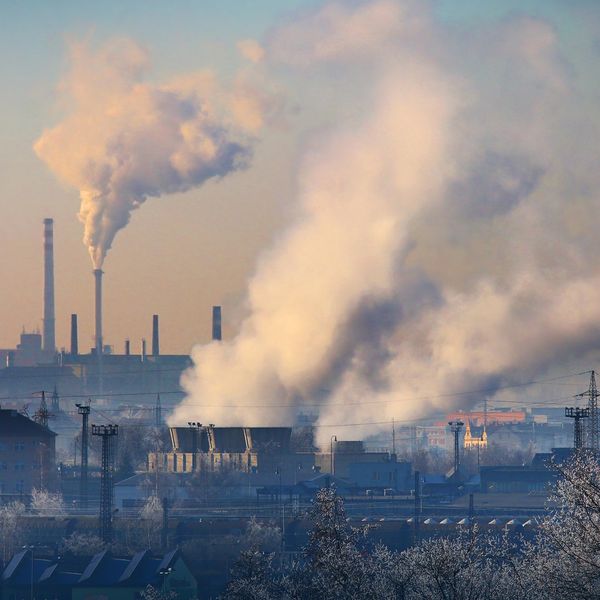Reclassification of major sources to area sources rule paves the way for cleaner air and streamlined compliance
The "Review of Final Rule Reclassification of Major Sources as Area Sources Under Section 112 of the Clean Air Act” rule allows certain major sources to reclassify as area sources under specific conditions. The reclassification process typically involves a review of the source's emissions profile, its location within a specific air quality nonattainment area, and other relevant factors. If it’s determined that a major source isn’t making a substantial contribution to air quality problems, it may be eligible for reclassification as an area source. Under this rule (finalized on August 30, 2024), the Environmental Protection Agency (EPA) allows a major source of hazardous air pollutants (HAPs) to reclassify as an area source after acting to limit emissions under the National Emission Standards for Hazardous Air Pollutants (NESHAP) program. However, sources of persistent and bioaccumulative HAPs listed in Clean Air Act (CAA) Section 112(c)(6) must continue to comply with certain major source emission standards under Sections 112(d)(2) or 112(d)(4) even if these sources reclassify as area sources.
The seven persistent and bioaccumulative HAPs include:
- Alkylated lead compounds,
- Polycyclic organic matter (POM),
- Mercury,
- Hexachlorobenzene,
- Polychlorinated biphenyls (PCBs),
- 2,3,7,8-tetrachlorodibenzofurans (TCDF), and
- 2,3,7,8-tetrachlorodibenzo-p-dioxin (TCDD).
The following subparts are included in the list of NESHAPs (see 40 CFR 63.1(c)(6)(iii)) that cannot be avoided through reclassification:
- Subpart FFFF (miscellaneous organic chemical manufacturing),
- Subpart JJJJ (paper and other web coating),
- Subpart MMMM (surface coating of miscellaneous metal parts and products),
- Subpart PPPP (surface coating of plastic parts and products),
- Subpart ZZZZ (stationary reciprocating internal combustion engines),
- Subpart CCCCC (coke oven pushing, quenching, and battery stacks),
- Subpart DDDDD (boilers and process heaters),
- Subpart FFFFF (iron and steel manufacturing facilities),
- Subpart IIIII (mercury cell chlor-alkali plants),
- Subpart LLLLL (asphalt processing and roofing manufacturing),
- Subpart YYYYY (area source electric arc furnace steelmaking facilities),
- Subpart JJJJJJ (area source boilers), and
- Subpart EEEEEEE (area source gold mine ore processing and production ).
Implications for reclassified facilities
• Continued compliance: Facilities that have already reclassified from major to area source status and fall under one of the listed subparts will need to continue to comply with the associated maximum achievable control technology (MACT) requirements, including monitoring, recordkeeping, testing, and reporting. MACT standards are performance criteria that apply to major sources.
• Potential challenges: Reclassification may have been a strategy to reduce regulatory burden. However, the new limitations could increase the compliance costs and operational challenges for affected facilities.
Exemptions and uncertainties
• Stationary combustion turbines: The NESHAP for stationary combustion turbines isn’t included in the list of affected subparts, providing some relief for facilities using this technology.
• Retroactive applicability: The final rule doesn’t specifically address whether the effective date of reclassification is the revised permit, notification to EPA or date of change in potential emissions. This uncertainty could impact facilities that have recently reclassified.
Overall, the new reclassification limitations will have significant implications for facilities operating under the affected NESHAP subparts. It’s essential for affected facilities to carefully review the specific requirements and consider the potential impacts on their operations.
Key to remember: EPA finalized requirements for sources that reclassify from major source status to area source status under the National Emission Standards for Hazardous Air Pollutants (NESHAP) program. Sources subject to certain major source NESHAPs for seven specific pollutants must remain subject to those NESHAPs even if the sources reclassify to area source status.


















































